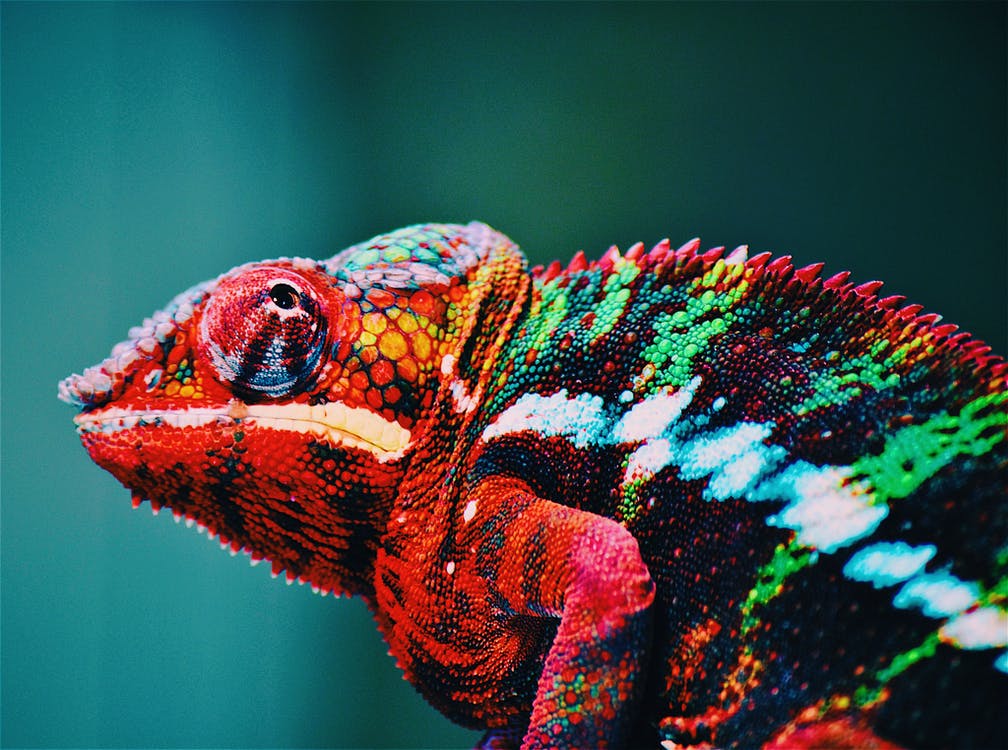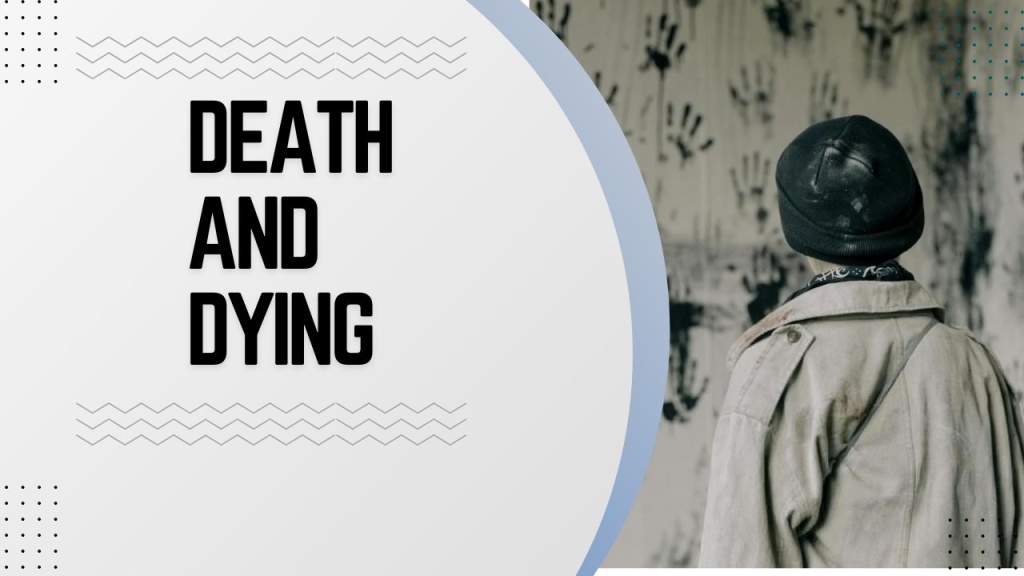You need to consider various factors while choosing the bedding for your reptile’s terrarium. For example, you need to consider the reptile type, their behavior, and their natural habitat before deciding on the bedding material to use. This can lead to confusion and create difficulties in choosing the right bedding. Some of the most common types of bedding are discussed, along with their pros and cons. This will help you decide on the right bedding material. You can go ahead and buy it from the reptile supplies store without any hesitation.

Carpets
One type of bedding that you may want to consider is carpet. Carpets are available in a variety of colors and patterns and can be easily cut to fit the size of your terrarium. They are also relatively inexpensive. This makes them a great option for those on a budget.
One downside of carpets is that they can be difficult to clean, as they can absorb urine and feces. If you use a carpet in your terrarium, spot-clean it regularly. Carpets are best suited for reptiles like lizards, geckos, iguanas, and bearded dragons, to name a few. You can get carpets at affordable prices from reptile supply stores online and offline. You can also easily find them on eCommerce platforms like Amazon easily.
Sand
There are many benefits to using sand as a substrate. These benefits include the fact that it holds heat well and can create a more natural environment. Sand is also very absorbent, which helps keep the terrarium clean and free of odors.
Plus, reptiles love digging and burrowing in the sand, so it’s an excellent way to keep them entertained. Of course, there are a few things to remember when using sand as a substrate. It’s imperative to choose a reptile-safe sand type. You’ll also need to clean the terrarium regularly to prevent bacteria buildup. But overall, sand is an excellent choice for those looking for an easy-to-maintain substrate that will provide their reptile with everything they need.
You can get sand from your local beach, if possible. If not, you can buy natural reptile sand from the reptile supplies store. Ensure that the sand is natural, pure, finely ground, and free from additives of any type. You can use it for a variety of reptiles like geckos, iguanas, snakes, and more. You can also use sand bedding for amphibians and arachnids.







